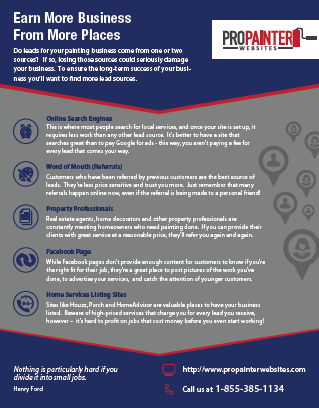When you're budgeting for an industrial paint work, it's easy to overlook specific expenses that can sneak up on you. You could think you have actually covered every little thing, yet hidden expenditures like surface area prep work and permits can rapidly accumulate. By recognizing these potential pitfalls early, you can produce a much more accurate budget. But what certain aspects should you take into consideration to stay clear of those pricey shocks? Allow's check out exactly how to assess your project's scope effectively.
Analyzing the Extent of Your Task
Prior to diving right into a business paint task, it's vital to analyze the extent of your project.
Beginning by identifying https://www.countryliving.com/uk/homes-interiors/interiors/a40442005/small-space-design-tips/ that need painting and the overall square footage entailed. Take into consideration the type of surface areas, whether they're drywall, timber, or steel, as this affects the products and labor needed.
Next off, assess minneapolis painting company of these surfaces; any repair services or prep job will influence your timeline and spending plan.
Don't forget to represent the kind of paint you desire, as top quality can vary significantly in price.
Lastly, think of ease of access. If particular areas need unique devices or extra safety measures, you'll require to factor those prices into your general budget.
Recognizing these components will set you up for success.
Identifying Prospective Hidden Costs
Once you have actually analyzed the range of your commercial paint task, it's time to take into consideration the possible surprise prices that can arise.
You may neglect expenditures like surface prep work, which can include cleansing, patching, or priming. https://waylondjosx.shoutmyblog.com/35467414/brace-yourself-to-unveil-vital-budgeting-insights-for-your-business-paint-job-and-dodge-covert-expenses-that-could-compromise-your-job-s-success-what-should-you-bear-in-mind -related delays can also result in unforeseen costs, so watch on the projection.
If your building has numerous levels or hard-to-reach locations, you may incur additional labor charges. Furthermore, take into consideration the cost of licenses or evaluations that may be required by neighborhood laws.
Finally, don't forget the potential for raised costs if you require special finishes or materials. By identifying these possible surprise expenses in advance, you can spending plan better and prevent shocks down the line.
Creating a Backup Plan
As you move on with your business paint work, it's crucial to produce a contingency strategy that attends to unexpected difficulties.
Start by identifying prospective threats, like climate delays or supply lacks. Appoint a section of your budget-- usually 10-15%-- to cover these unpredicted expenditures.
Next, set clear timelines and interact them with your group, so every person's on the exact same page. Routinely evaluate your plan and adjust it as required, specifically if conditions alter.
Finally, ensure you have reputable contacts, such as providers and subcontractors, that can aid you navigate any kind of issues that develop.
Conclusion
In conclusion, budgeting for your industrial paint work calls for mindful planning and understanding of potential hidden prices. By examining the extent of your task and determining areas where costs might arise, you can produce a much more accurate budget. Constantly include a backup plan to manage unanticipated problems. Remaining versatile and assessing previous projects will also help you make educated decisions. With these tips, you'll be better prepared to manage your expenses and ensure a successful result.
